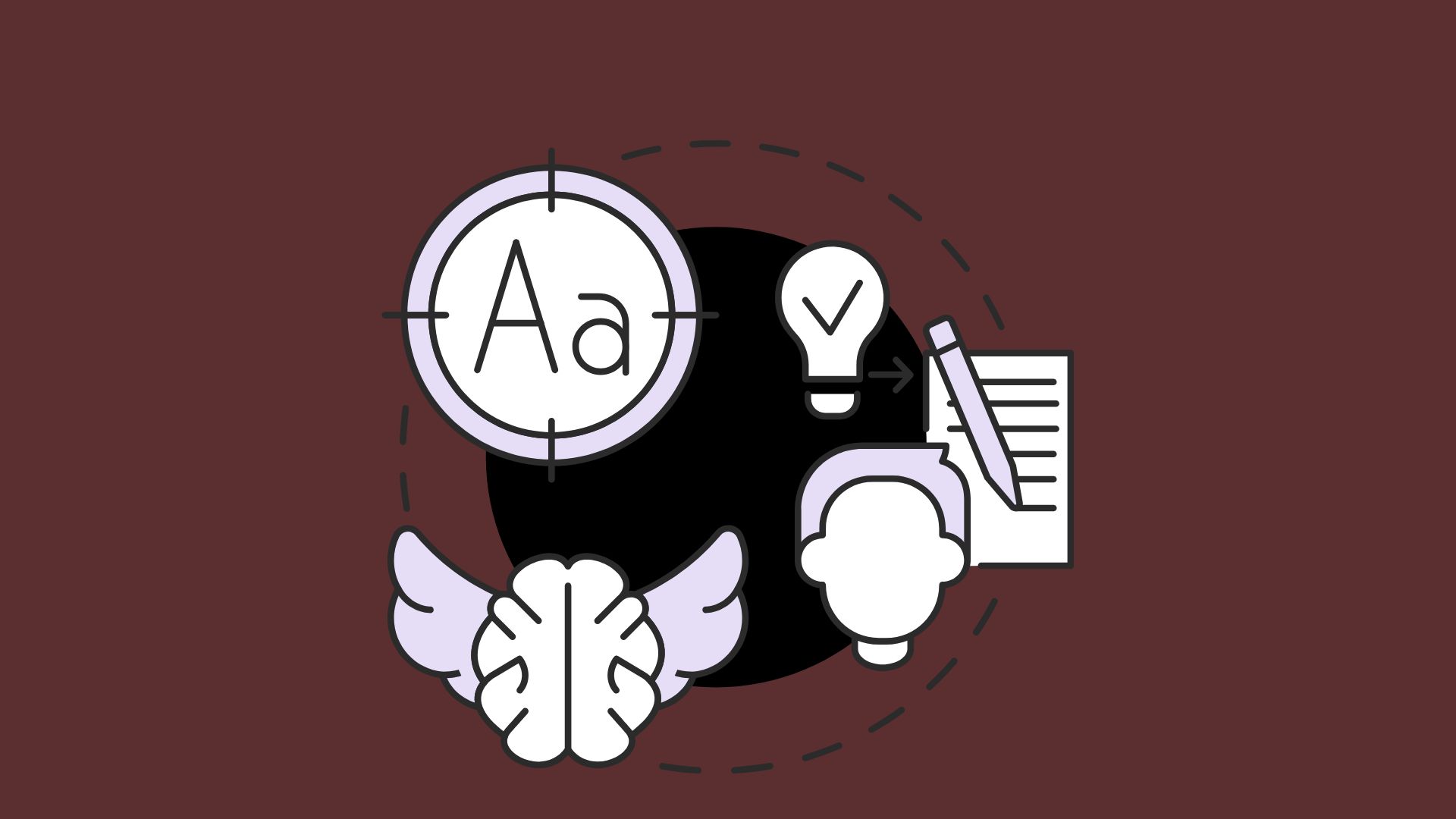Studying for O’Level and A’Level exams involves retaining a vast amount of information, which can feel overwhelming. Memory techniques like mnemonics offer a creative and efficient way to enhance your recall and understanding of key concepts. These strategies help encode complex information into memorable, simplified forms, making it easier to retrieve during exams. Here’s how you can use mnemonics and other memory techniques to boost your success.
What Are Mnemonics?
Mnemonics are memory aids that use associations, patterns, or visualizations to help you remember information. They work by converting hard-to-remember facts into something more relatable or engaging, such as a rhyme, acronym, or vivid mental image. For example, the mnemonic SOH-CAH-TOA helps students recall the trigonometric ratios in Mathematics:
- Sine = Opposite/Hypotenuse
- Cosine = Adjacent/Hypotenuse
- Tangent = Opposite/Adjacent.
Why Are Mnemonics Effective?
Mnemonics increase memory by utilizing how the brain naturally absorbs and stores information. They leverage:
- Association: Linking new information to familiar ideas or patterns.
- Visualization: Creating mental images that are easier to recall than abstract data.
- Engagement: Making learning more interactive and enjoyable, which boosts retention.
Types of Mnemonics and How to Use Them
- Acronyms and Acrostics
- Acronyms: Use the first letter of each word to form a new, memorable word.
Example: CHON for the elements in biological molecules: Carbon, Hydrogen, Oxygen, and Nitrogen. - Acrostics: Create a sentence where each word starts with the first letter of the items you need to remember.
Example: “Every Good Boy Deserves Fruit” for the notes on a treble clef (E, G, B, D, F).
- Acronyms: Use the first letter of each word to form a new, memorable word.
- Rhymes and Songs
Rhymes and melodies make facts easier to recall.
Example: The rhyme “In 1492, Columbus sailed the ocean blue” helps remember a key historical date. - Chunking
Break large pieces of information into smaller, manageable chunks.
Example: To remember the number 1947293, divide it into chunks like 1947-293. - Imagery and Visualization
Associate concepts with vivid mental images.
Example: To remember the term photosynthesis, picture a plant with sunlight “synthesizing” food. - The Method of Loci (Memory Palace)
Visualize placing facts in precise locations of a familiar environment (for example, your home). Walk through the site in your head to recall the information. Example: Assign each stage of mitosis (prophase, metaphase, anaphase, and telophase) to a distinct room in your home. - Pegging Systems
Create associations with a pre-memorized list of “pegs” or reference points.
Example: To remember a list of Physics formulas, peg each to numbers: “1 is a sun” (light formula), “2 is a shoe” (motion formula), and so on.
Using Mnemonics in Specific Subjects
- Science
- Biology: Use acronyms for processes like respiration: “Glycolysis Produces Energy” (Glucose, Pyruvate, Electron Transport Chain).
- Chemistry: Memorize the reactivity series with “Please Stop Calling Me A Careless Zebra Instead Try Learning How Copper Saves Gold” (Potassium, Sodium, Calcium, Magnesium, Aluminum, Carbon, Zinc, Iron, Tin, Lead, Hydrogen, Copper, Silver, Gold).
- Mathematics
- Order of stellar spectral types instead of the usual mnemonic, use “Old Black Ants Fight Giant Killer Monkeys,” to remember the sequence O, B, A, F, G, K, M.
- For quadratic equations, remember “x equals minus b, plus or minus square root, b squared minus four a c, all over 2a” as a singable phrase.
- Humanities
- History: Use acronyms to remember chronological events. For example, MAIN for the causes of WWI (Militarism, Alliances, Imperialism, Nationalism).
- Geography: Recall river processes with “Eating Apples Leaves Berries” (Erosion, Attrition, Load, Bedload).
- Commerce
- In Economics, use “TIES” to recall demand factors: Tastes, Income, Expectations, Substitutes.
- In Business Studies, remember SWOT Analysis with SWOT: Strengths, Weaknesses, Opportunities, Threats.
How to Create Your Own Mnemonics
- Understand the Material
Before constructing a mnemonic, make sure you grasp the subject. Mnemonics are memory aids, not a substitute for comprehension. - Keep It Personal
Customize mnemonics to your interests or prior knowledge. The more relatable, the easier it is to remember. - Make It Visual and Fun
Make unusual, amusing, or even ridiculous associations. The more vivid and distinct, the more likely you are to recall it. - Test and Refine
Practice recalling information with your mnemonic. If it’s not working, try changing it for clarity or simplicity.
Tips for Using Mnemonics Effectively
- Combine Mnemonics with Other Techniques: Use mnemonics alongside flashcards, past papers, and active recall for comprehensive preparation.
- Revisit Regularly: Like all memory techniques, mnemonics require reinforcement through spaced repetition.
- Adapt to Your Style: Some students prefer visual mnemonics, while others find rhymes or acronyms more effective. Experiment to find what works best.
- Don’t Overuse: Focus mnemonics on complex or hard-to-remember facts. Overloading every detail into a mnemonic can make it less effective.
The Science Behind Mnemonics
Mnemonics operate because they stimulate multiple areas of the brain. By connecting abstract knowledge to familiar patterns, they minimize the cognitive effort required to recall information. They also generate emotional or visual cues that are easier for the brain to interpret and remember.
Memory techniques such as mnemonics are extremely useful for O’Level and A’Level students, as they simplify complex topics and make revision more entertaining. By implementing these tactics into your study regimen, you will be able to enhance retention, recall knowledge more easily, and approach exams with confidence. Begin experimenting with mnemonics today; you’ll be shocked at how much they may improve your learning experience.




